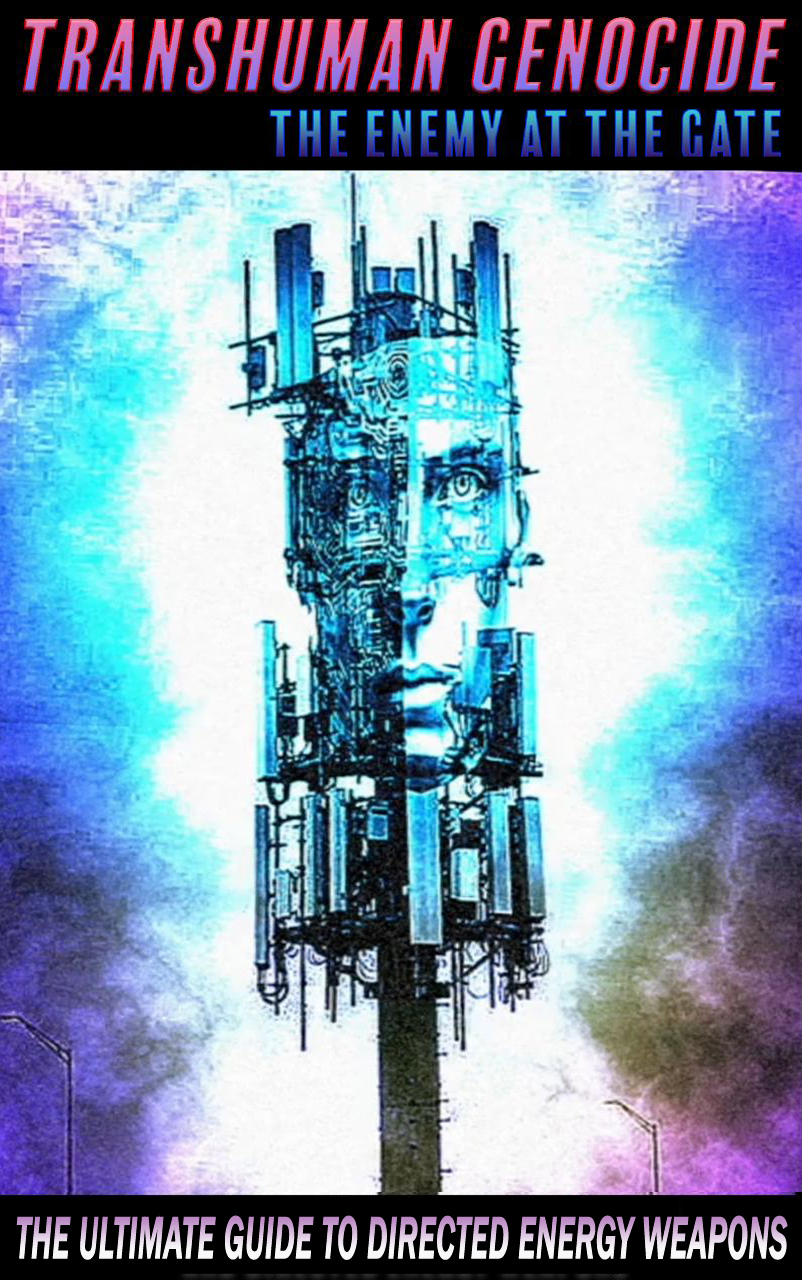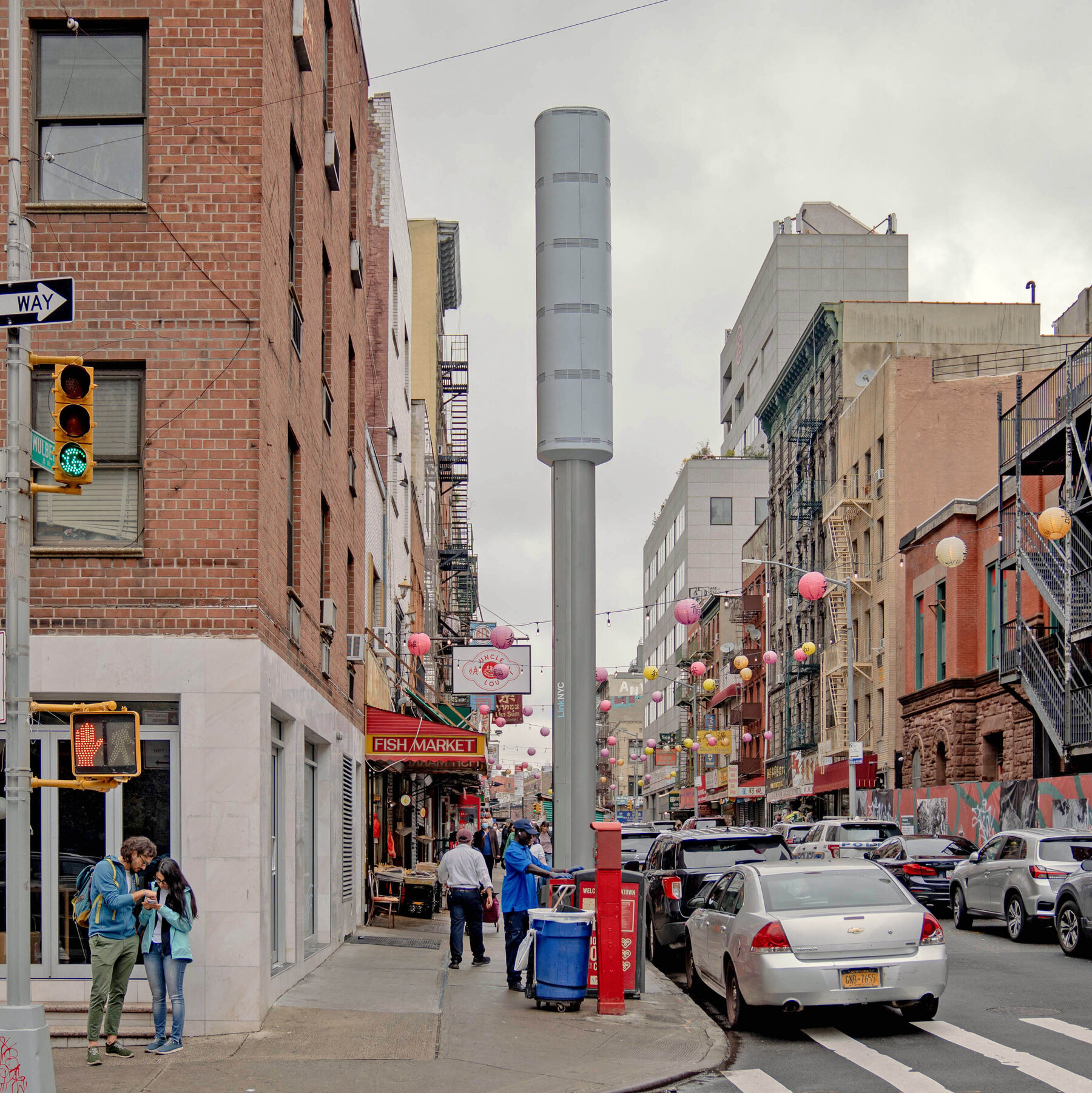The shadow of conspiracy theories looms large over our digital landscape, with narratives like “Pizzagate” and its offshoots capturing public attention and sparking intense debates. The official narrative portrays these theories as baseless, dangerous fabrications born out of hacked emails and fake news, leading to real-world incidents of violence and harassment.

However, diving deeper into the tangled web of information reveals a more intricate tapestry painted by the alternative perspective. The origins of Pizzagate in 2016, intertwined with the release of DNC emails and connections to influential figures like John Podesta and Marina Abramovic, hint at a deeper layer of complexity that challenges the simplistic dismissal of mere conspiracy.
As we peel back the layers of deception, a pattern emerges, weaving together names like James Alefantis, David Brock, and Tony Podesta into the fabric of suspicion. Coded messages, disturbing imagery, and symbols hinting at darker truths lurk beneath the surface, defying attempts to erase them from public consciousness. The persistence of interest, fueled by prominent figures questioning the official narrative, speaks to a collective unease with the sanitized version of events.
The implications of these conspiracy theories extend far beyond the realm of online chatter. Real-world consequences manifest in the form of threats, harassment, and even acts of violence. Individuals like Edgar M. Welch and Matthew P. Wright, driven by beliefs in QAnon’s narratives, took drastic actions that underscore the potent influence of these theories on susceptible minds.The resurgence of theories like “adrenochrome harvesting” in 2020, propagated through social media platforms and perpetuated by hidden virality, showcases how fringe ideas can seep into mainstream consciousness. The manipulation of information flow, leveraging data voids and algorithmic amplification, serves as the fertile ground for these dangerous narratives to take root and spread like wildfire.
Intent, means, and opportunity align in this digital battleground, where the powerful weapon of narrative control is wielded with precision. The intent to manipulate public perception, the means of leveraging digital platforms for dissemination, and the opportunity presented by an increasingly interconnected world converge to shape the narrative landscape in ways that have profound implications for societal stability and individual well-being.
Looking ahead, the stakes are clear. The battle for truth and the control of information will define the future trajectory of our society. As we navigate this landscape of competing narratives and hidden agendas, the need for discernment, critical thinking, and a vigilant eye on the mechanisms of control has never been more urgent.

